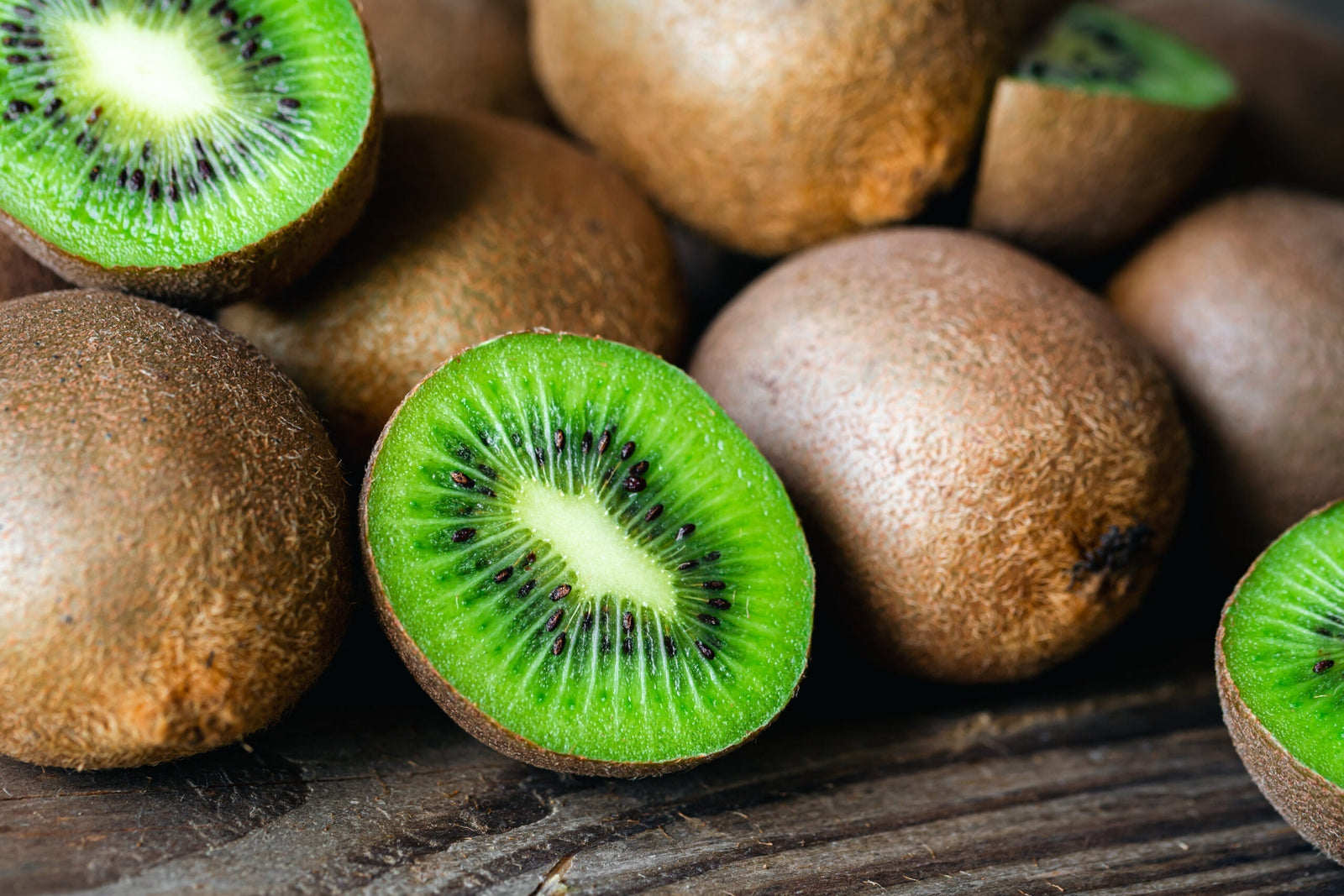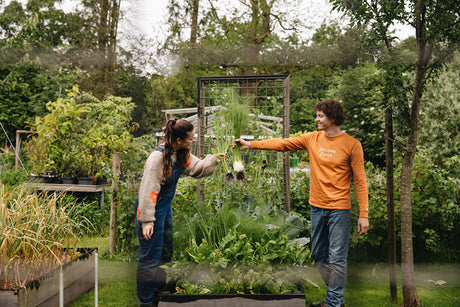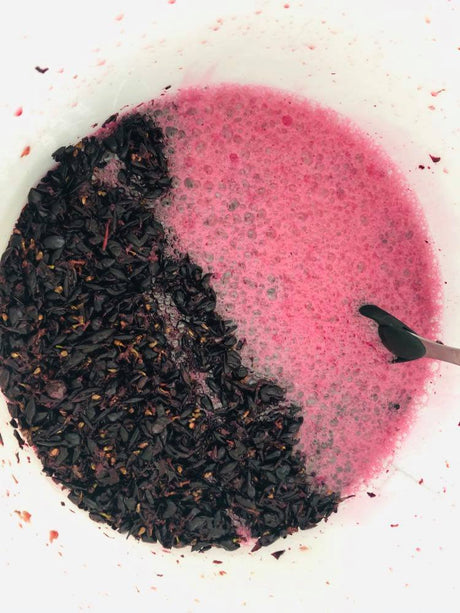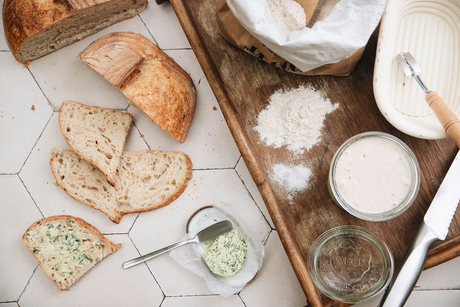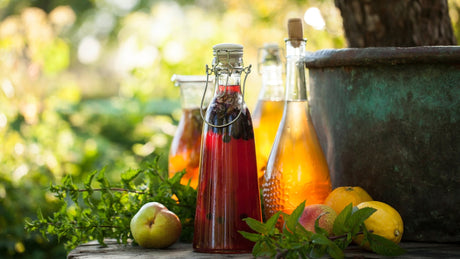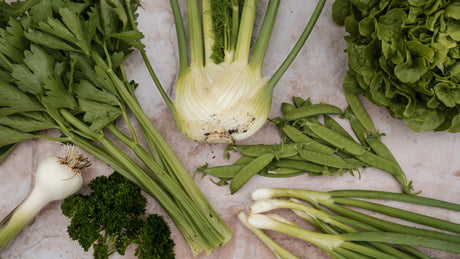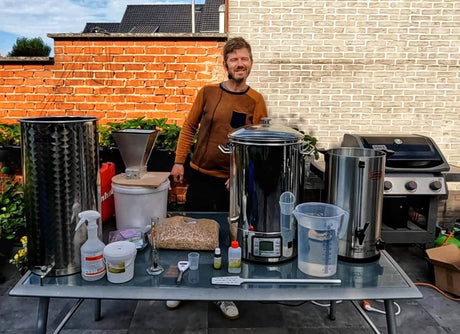Kiwis from your own garden, imagine that you can harvest these exotic fruits in your own garden. Bliss! With our kiwi plants it is possible (and easy). We have selected the kiwi plants with the utmost care and pack them well for shipping, so that you receive a well-rooted, healthy fruit plant delivered directly to your home. In this article I will explain how to plant your kiwi and take optimal care of it so that you can harvest kilos of home-grown kiwis in the autumn.

General information about kiwi plants :
The kiwifruit plant (Actinidia deliciosa) is native to temperate parts of southwestern China and was traditionally called the "Chinese gooseberry" in English. In the early 20th century, the plant was exported to Europe, the United States, and New Zealand, where the vast majority of kiwifruit is grown today. The hard kiwifruit (A. arguta) is native to northern China, Japan, and the Korean Peninsula.
Kiwis are harvested in the first half of November. They are deliciously sweet. The kiwis do not all ripen at once (fortunately) so you can enjoy these green vitamin bombs for weeks. Kiwis are strong growers, but even against a fence or a garden shed you can reap a large harvest. In early spring the buds of the leaves and the flowers appear. The buds of the flowers open very slowly with beautiful creamy white petals, which later turn butter-coloured. The flowers are quite large; 4 to 5 centimetres and bloom in mid-May.
It is important that your flowers are pollinated. To get a good harvest of kiwis, you need to plant male and female plants. The female plants produce the fruits. Tip: The best ratio is to have at least one male plant for every six female plants. Because kiwi plants grow quite large, our kiwi plant Jenny is really ideal. The Jenny variety is hermaphroditic, which means that you do not have to plant 2 kiwi plants to have kiwis. This plant produces both male and female flowers, so this plant is self-pollinating.
Kiwi plants
If you have a wall or fence facing south in your garden, this is the ideal location to plant your kiwi. The heat that is retained in the wall will make your plants flower a little earlier. They are strong growers and like to be out of the wind.
Kiwi plants need well-drained soil as they are susceptible to root rot if kept too wet.
The planting distance between each kiwi plant is 4 to 6 meters.

Watering kiwi plants
Give the plants extra water during the height of summer or during other dry periods, unless it has rained.
Fertilizing Kiwi Plants
Do not fertilize the first year. Then fertilize 3 times a year with a balanced fertilizer.
Training your kiwi plants
Start training the flexible vines onto a support in the first year after planting.
Kiwi plants grow like vines and need support. Provide a sturdy trellis or wire frame for the plants to climb. Provide a tall, sturdy fence that can support the vines, which can grow up to 15 feet (4.5 m) wide and 20 feet (6 m) long and produce pounds of fruit.
Pruning kiwi
Although kiwi is a strong grower and takes up quite a bit of space if you give it that, you can prune it very easily. In the summer you can prune away shoots that you don't want without much risk.
The best time to prune a kiwi is in November, December and January. If you still have to prune in March, you will see that the spots where you cut it (these are the cuts) will drip. This is called bleeding. This is because the sap flow is already well underway in March. The pressure is then so high that the kiwi plant squeezes the sap flow out where it can, in this case along the cuts. It is not harmful, your plant will not die from it. But it is best to prune it in the autumn, but not in a period when frost is predicted.
Harvesting Kiwis
Kiwis usually start to bear fruit 3 to 5 years after planting. Kiwis can be harvested gradually from November.
At the end of the summer, the kiwis start to form. The kiwis type Jenny are not that big compared to a single-sex variety. They are about 4 to 5 cm, but they come in large numbers. The leaves of your kiwi plant change color in the fall. As soon as it has frozen once (or is 0°C), you will notice that the kiwi drops all its leaves at once. Then the first fruits ripen. By feeling your kiwis you can determine which fruits are ripe. They ripen spread out. You can pick them every week. Kiwis ripen in the fruit bowl.

Wondering what other exotic fruits you can grow in your garden?
Then be sure to read our article: Pawpaw (Asimina triloba) a surprising exotic fruit for your vegetable garden

